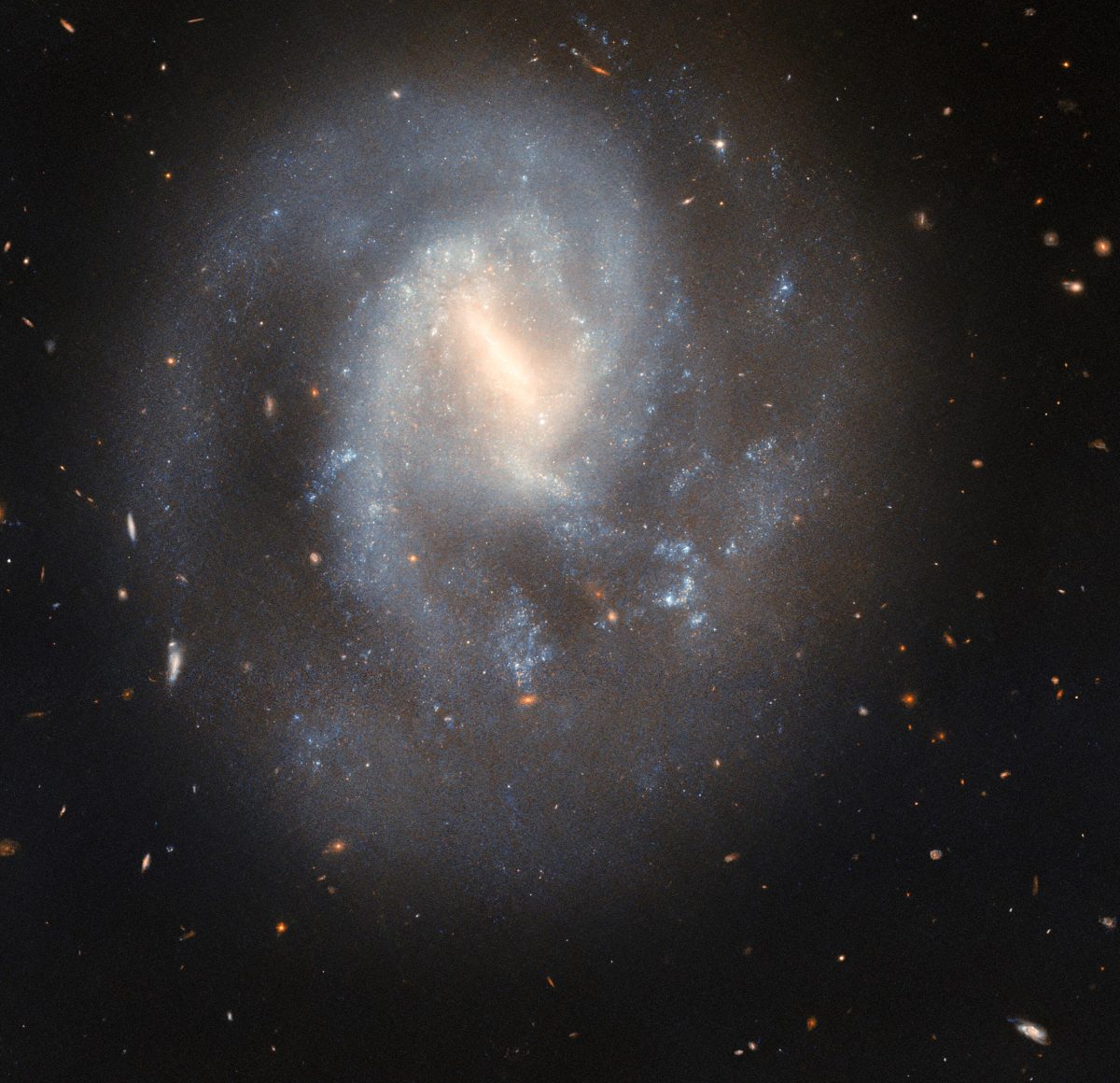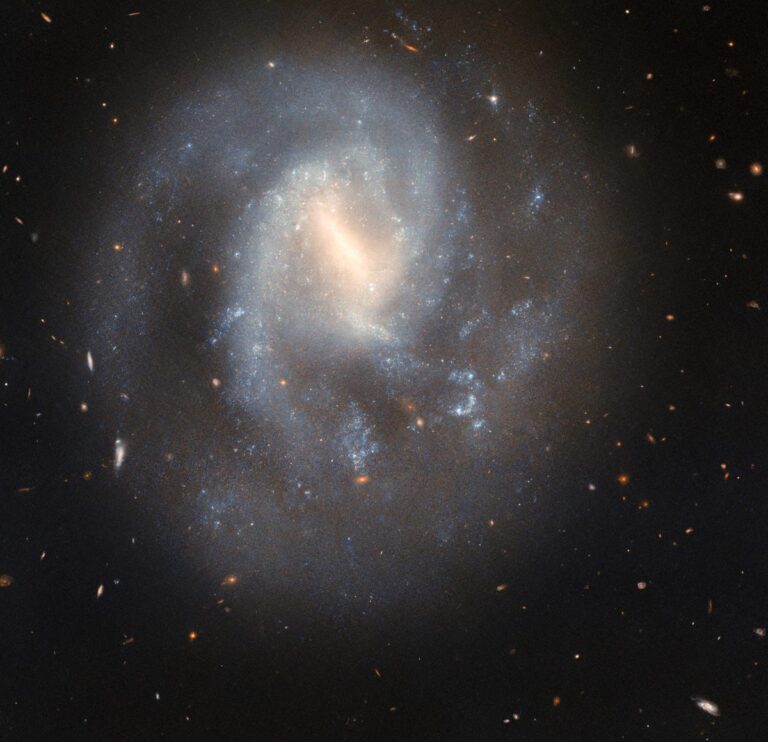In a cosmic twist that has stunned astronomers, a seemingly peaceful spiral galaxy—long considered a model of stellar serenity—has revealed a violent secret. Nestled in its arms, a powerful and unexpected supernova has erupted, challenging long-standing assumptions about what lies beneath the calm surface of such galaxies.
Dubbed SN2025Z, the explosion was detected in a quiet spiral galaxy located 75 million light-years away, previously considered stable and star-formation dormant. The discovery, made by the James Webb Space Telescope (JWST) in collaboration with ground-based observatories, underscores how even the calmest corners of the universe can hide catastrophic surprises.
A Serene Galaxy with a Sudden Storm
Spiral galaxies are often known for their picturesque structure—elegant arms swirling around a luminous core, with relatively well-behaved star systems compared to chaotic, starburst or irregular galaxies. This particular galaxy, cataloged as NGC 4569, had shown no recent starburst activity or signs of massive stellar death.
“This was the last place we expected a supernova of this magnitude,” said Dr. Amina Coleridge, an astrophysicist at the European Southern Observatory. “It’s like finding a volcanic eruption in the middle of a calm, snow-covered village.”
What Caused the Supernova?
Initial analysis points to a Type II supernova, the explosive death of a massive star more than eight times the size of our Sun. This suggests that somewhere, hidden from typical observation, massive stars had quietly formed and lived fast, violent lives before meeting their fiery end.
One theory proposes that a hidden pocket of dense molecular gas gave rise to an isolated cluster of massive stars—a “stellar nursery in hiding” that escaped detection until the supernova blew its cover.
Infrared and X-ray data from JWST and NASA’s Chandra X-ray Observatory have revealed shockwaves and heated gas clouds, now expanding rapidly through the galaxy’s disk, like ripples from a stone dropped into a still pond.
The Bigger Picture: Galactic Quiet Doesn’t Mean Inactivity
This discovery is reshaping how scientists interpret “tranquil” galaxies. It suggests that low-profile star formation may be more common than previously thought, especially in outer arms or shielded regions of galaxies where dust obscures our view.
“It’s a powerful reminder that galaxies are dynamic systems,” said Dr. Ryo Tanaka, a cosmic evolution researcher at Tokyo University. “Just because a galaxy looks peaceful doesn’t mean it’s not hiding dramatic events beneath the surface.”
Implications for Stellar Evolution and Cosmic History
Supernovae play a critical role in the universe. They forge heavy elements, trigger new waves of star formation, and reshape galactic environments. An unexpected supernova in a calm region may suggest that stellar evolution pathways are more diverse and decentralized than previously modeled.
Researchers now believe that many such “hidden supernovae” might go unnoticed in galaxies previously written off as dormant. If true, this could skew current estimates of how often stars explode across the cosmos.
A Wake-Up Call for Astronomers
The SN2025Z event is already being referred to as a “galactic wake-up call.” Astronomers are re-analyzing archival data to search for other potential quiet galaxies that may be harboring similar explosive secrets.
“This changes the way we plan telescope observations,” said NASA scientist Dr. Luis Hartmann. “We need to keep a closer eye on galaxies we assumed were done with drama.”
Conclusion: Beauty and the Blast
The universe has once again proven that looks can be deceiving. What appeared to be a calm spiral galaxy was actually a ticking cosmic time bomb—one whose explosion has now added to our understanding of stellar life cycles and galactic behavior.
As telescopes grow more powerful and data becomes more refined, astronomers are learning to expect the unexpected. Even in the universe’s quietest regions, the seeds of chaos may lie just beneath the surface—waiting to explode in brilliant, illuminating fashion.

















+ There are no comments
Add yours